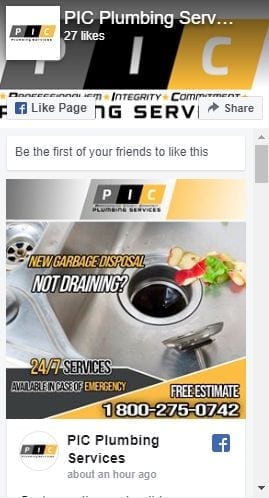Many homeowners are confronted with various plumbing issues at home from time to time. They probably face leaky faucets, sewage backup, clogged drainage, water damage, or even flooding. One major concern is how household members aren’t wary of flushing solid materials down the drain, such as tissues and wet wipes. When it comes to this, homeowners want to know whether or not disposable wipes are indeed flushable.
In this article, we’ll determine if disposable wipes are considered ‘flushable’ and see how they can impact your plumbing system at home. Keep on reading to find out more.
What marketing says about disposable wipes
It’s quite disconcerting to see that as more and more disposable wipe products are introduced in the market, instances of clogged sewage systems and costly repairs continue to abound. Yet, companies and several brands across the globe claim that their disposable wipes are ‘flushable.’ They continue marketing their products, justifying that they are safe to go through sewer and septic systems. While the public believes this to be true, some recent reports say otherwise.
What reports say about disposable wipes
In a recent report, California’s Orange County Sanitation District showed that flushable wipes have found to cause back-ups in the sewer systems. According to the report, this problem leads to sanitary sewer overflows, clogs at lift stations, and disruption within the treatment plants. In fact, the result of the district’s test indicates that the wipe had actually remained intact and recognizable, even after 24 hours. This goes to show that disposable wipes aren’t flushable.
How disposable wipes impact the sewage system
As they don’t easily or quickly disintegrate in your sewage/septic system, they can build up over time and cause severe cases of clogging, which leads to backups and even water damage. In fact, the National Association of Clean Water Agencies has reported a high cost of plumbing repairs brought by flushed wipes. They even back this claim up with photographic evidence of wipe clogs.
Why disposable wipes continue to be considered as flushable
Despite the complaints, Kimberly-Clark, the company behind brands Cottonelle and Huggies brands, came to the rescue. A video was posted showing how disposable wipes break down once flushed. It shows that the wipes began to disintegrate only after 35 minutes of constant agitation. While this doesn’t simulate the grime and obstructions in real-world sewage systems, they continue to label the wipe products as flushable. The problem is that the Federal Trade Commission has not clearly defined and regulated the term ‘flushable.’
How flushable wipes are similar to other wipe products
Another consideration is how disposable wipes are similar to other wipe products in the market, in terms of appearance and function. These products are specially designed to be disposed of in the trash instead of the toilet. Because of this, many households automatically assume that these products, such as baby wipes or facial wipes, can be flushed down the drain, which is essentially where many plumbing problems begin.
Conclusion
Overall, it’s best to avoid flushing any wipe down the toilet, whether or not it is marketed to be “flushable.” Doing so will prevent major clogs, costly plumbing repairs, and overflows at the local sewage system that can be environmentally damaging.
We focus on professionalism, integrity, and commitment to delivering plumbing services, repair, and sewer drain cleaning. If you’re looking for plumbing services in San Diego, get in touch with us to see how we can help!


